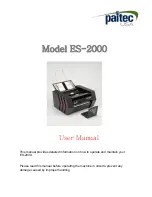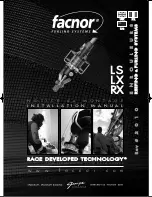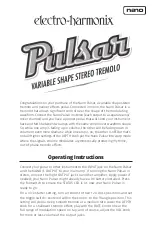
43
close
. For example, even though every heating mantle size would have a different set of PID settings, your
controller is loaded with a single
good
set of parameters that pr-0.2 C regulation of all heating mantles
sizes from 5 ml to 50 liters. This is possible because, as stated earlier, your controller is quite adaptable to
different heating conditions.
The effects of power level and tuning parameters can be seen in the plots below.
The bottom plot uses the standard set of PID values that results in stable temperature control at 95 C.
The second plot uses the same PID values, but the setpoint was changed to 250 C. As you can see, the heating
mantle doesn’t have enough power at the “10-100 ml” setting to heat the reaction to 250 C, and so it stalls out at
about 150 C. The solution is to increase the power to the heating mantle.
The top plot shows the effect of increasing the controllers’ power to the 50-500 ml setting (this changes the power
delivered to the heating mantle from 5 watts to 12.5 watts). The issue now becomes that the standard set of PID
values are not ideal to this increased power level, which is why the reaction temperature oscillates.
The answer to remove the oscillation shown in the chart on the left is to autotune the controller, which results in the
temperature profile shown on the right.
Power= 10-100ml
SP= 95C
Power= 10-100ml
SP= 250 C
Power= 50-500ml
SP= 250 C




































